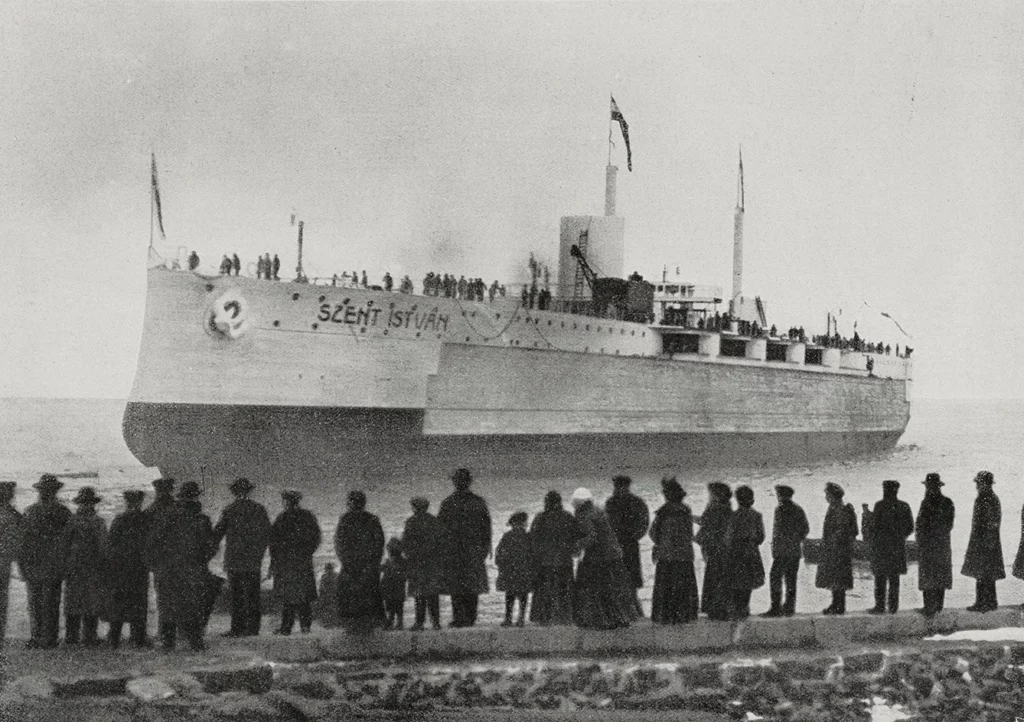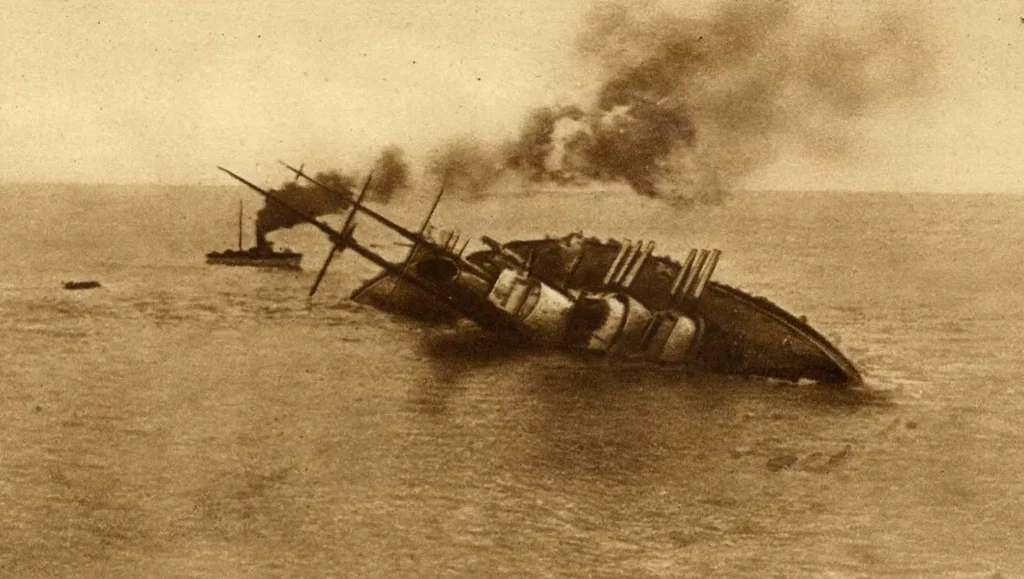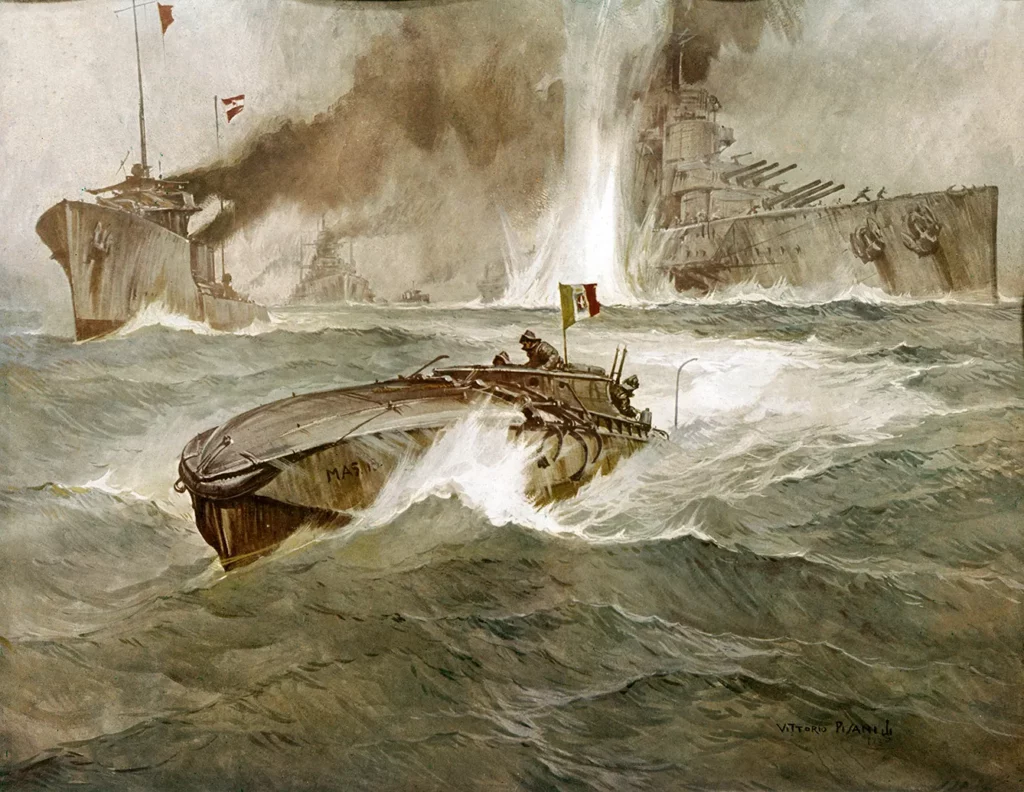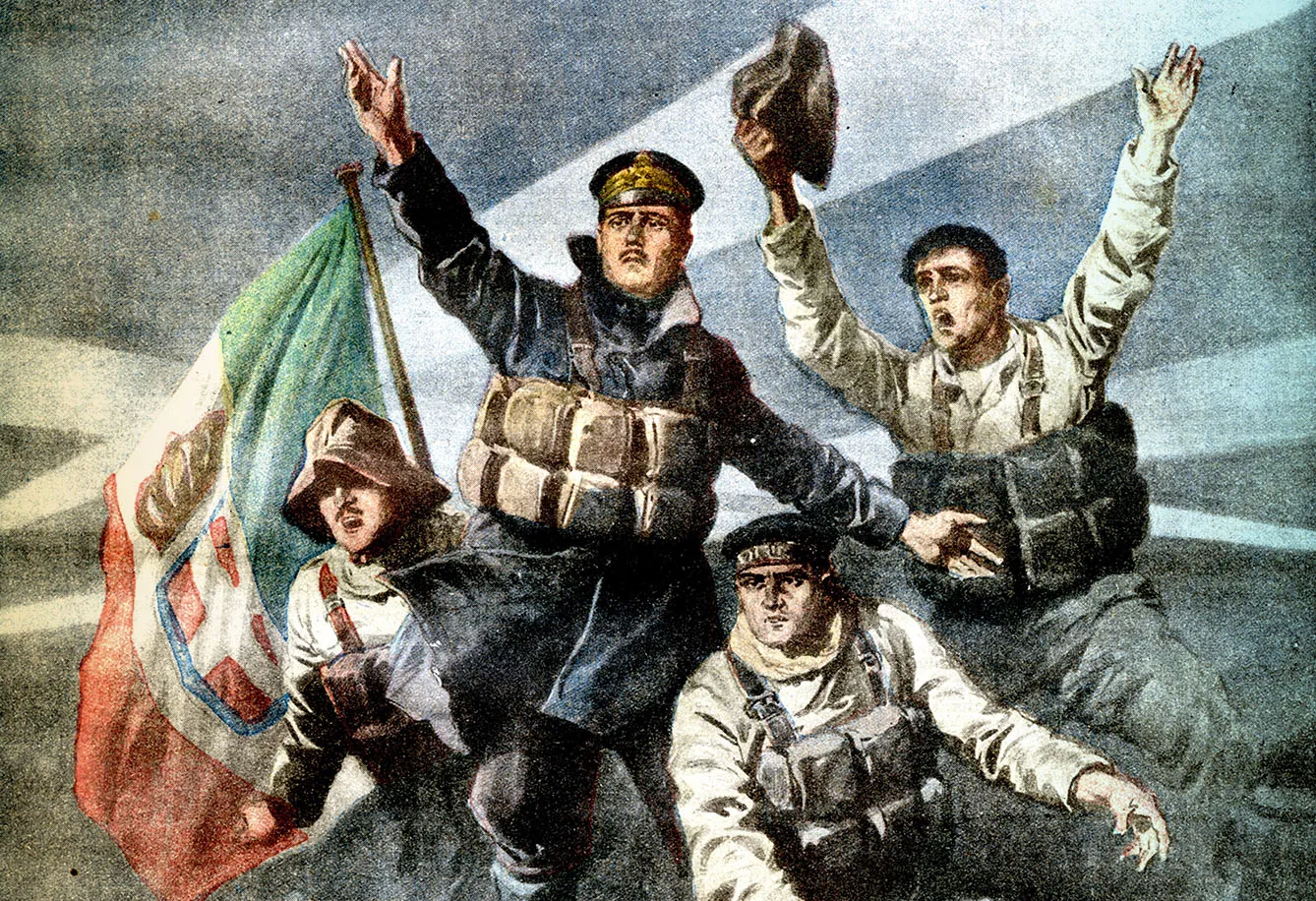When you think of Hungary, the last thing that comes to mind is the country’s rich maritime traditions, right? It may come, therefore, as an even bigger surprise that Hungary was led by an admiral for many years. The name of the first Hungarian king proudly decorated the armored side of one of the mightiest dreadnoughts (early armored battleships) of the Austro-Hungarian era – the pride of the Császári és Királyi Haditengerészet (Kaiserliche und Königliche Kriegsmarine).
The SMS Szent István
Hungary’s only battleship, the SMS (Seiner Majestät Schiff) Szent István (St. Stephen), was a Tegetthoff-class dreadnought battleship, built as the last in the line of four ships (Viribus Unitis, Tegetthoff, Prinz Eugen, Szent István) for the Austro-Hungarian Navy. The boat was named after the very first king of Hungary, Stephen I the Saint.



The SMS Szent István was built in the early 1910s (the keel was laid in 1912 in Rijeka, Croatia, Ganz & Company Shipyard) and was launched in 1914. It was one of the largest and most powerful battleships of its time, measuring over 152 meters (500 feet) in length and displacing more than 20,000 standard tons.
The ship was armed with a main battery of twelve 305mm (12-inch) guns, which were mounted in four turrets, as well as a secondary battery of twelve 150mm (6-inch) guns and a variety of smaller guns and torpedo tubes. It was assigned to the 1st Battleship Division of the Austro-Hungarian Navy and stationed out of the Austro-Hungarian naval base at Pula.
The Szent István saw some action during World War One in the Adriatic Sea, where she participated in naval battles against the Italian Navy. The ship took part in one of the most famous naval battles of the war, the Battle of the Strait of Otranto, which took place on June 10, 1918. And that was where her fate was sealed, sadly thanks to a Polish-invented torpedo launcher.
Miklós Horthy, rule the waves
The forces’ operations, including Szent István, were severely limited due to the naval blockade of the Strait of Otranto, which prevented the Imperial Royal Fleet from leaving the Adriatic Sea for the Mediterranean. In June 1918, Hungarian Admiral Miklós Horthy decided on another attempt to break the blockade using four Tegetthoff-type battleships stationed in Pula, which were the most modern in the fleet. This included the Szent István.
During this attempt, the Italian MAS (Motoscafo Armato Silurante) boats conducting mine operations detected the Austro-Hungarian strike force. At 3:31 AM, Szent István was struck by two torpedoes. The torpedoes damaged the outer hull and the bulkhead between the boiler rooms and causing it to list heavily to one side. As a result, the crew was unable to control the flooding. They did try, as they could keep two boilers working with enough steam to provide power for generators, thus the electricity for the pumps. But it was already too late. The pride of the Austro-Hungarian fleet capsized and sank at 6:12 AM, after three hours of agony. Eighty-nine sailors died, including those keeping the last two boilers lit.
The Italian torpedoes that ultimately sunk the ship were fired from a Drzewiecki launcher. The Drzewiecki torpedo launcher, also known as the Drzewiecki collar, was a type of torpedo launching system developed in the late 19th century by the Polish engineer and inventor Stanisław Drzewiecki. The launcher fired a torpedo from a horizontal rail installed along the ship’s hull. The torpedo was held on the rail by two hoops. This solution was very popular in the navies of France, Russia, and Italy. The sinking of the Szent István was the first sinking of such a large ship captured on film.
Today, the wreck of the Szent István remains on the seafloor of the Adriatic Sea, constituting a reminder of the bravery and sacrifice of the sailors who served about it.







